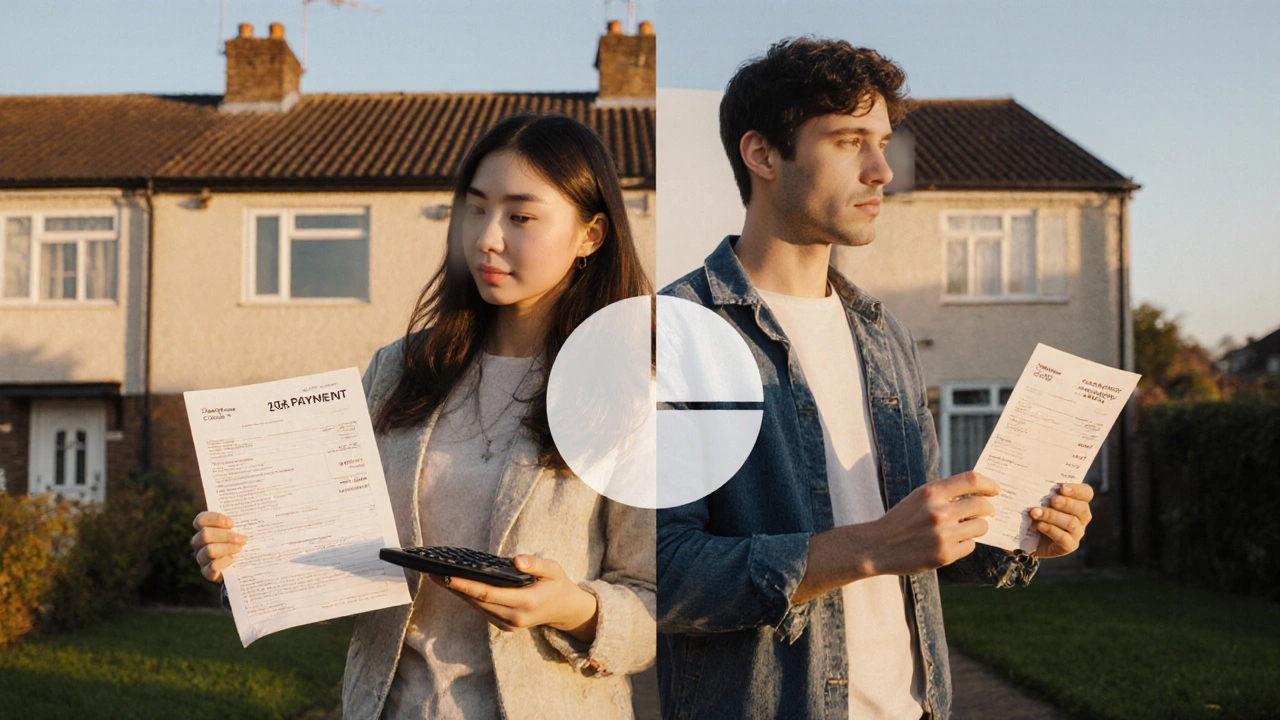Explore the three main drawbacks of shared ownership homes, from double payments to lease restrictions and staircasing costs, and learn how to manage them.
Shared Ownership Disadvantages
When weighing shared ownership disadvantages, the downsides that can affect your budget, flexibility and long‑term equity. Also known as shared equity pitfalls, this concept is part of a broader shared ownership, a scheme where you buy a percentage of a property and rent the rest often paired with joint ownership, multiple people holding legal title together. Understanding these elements helps you decide if the model fits your financial goals.
One of the biggest shared ownership disadvantages is the rent you keep paying on the portion you don’t own. That rent is usually set at market rates, so even if your mortgage looks cheap, the total monthly outlay can creep higher than expected. This extra cost directly impacts first‑time buyers who are already juggling deposits and moving expenses. In addition, the rent component means you’re paying someone else’s mortgage, which can feel like an unfair double‑dip.
How These Issues Connect to Other Property Models
Shared ownership disadvantages intersect with equity share, the portion of the property you actually own. The smaller your equity share, the less control you have over decisions like renovations or selling. This limited control can turn into a financial risk if property values rise quickly—you may find yourself paying a high rent while owning only a tiny slice of the appreciation. Another factor is staircasing, the process of buying additional shares over time. While staircasing can eventually give you full ownership, it often requires a sizable lump‑sum payment and can be blocked by market fluctuations, adding uncertainty to your planning.
Joint ownership adds another layer of complexity. When multiple parties share a lease, disagreements over maintenance, rent contributions, or future sales can stall decisions. This risk is amplified in shared ownership schemes because the rent portion is the same for all owners, meaning a single missed payment can affect everyone’s standing with the lender. Moreover, joint owners may face legal hurdles when trying to transfer their share, especially if the shared‑ownership agreement has strict clauses.
From a financing perspective, lenders typically view shared ownership as higher risk, which can translate into stricter mortgage terms or higher interest rates. This financing angle directly influences the overall cost of home ownership and can make it harder for first‑time buyers to qualify for the best deals. In contrast, traditional full ownership often offers more favorable loan conditions because the lender has full security over the entire property.
Beyond the financial side, there are practical lifestyle considerations. Many shared‑ownership schemes impose restrictions on subletting, pet ownership, or major alterations. If you plan to rent out a room to offset costs, you may hit a wall. These constraints can limit the flexibility that many buyers seek, especially younger families or professionals who value adaptability.
All these points—rent on the unowned share, limited equity, staircasing costs, joint‑ownership complications, tougher financing and lifestyle limits—form a web of shared ownership disadvantages that can catch buyers off guard. Below you’ll find a curated list of articles that dive deeper into each of these aspects, offering real‑world examples, legal tips and strategies to mitigate the downsides. Let’s explore how you can navigate this terrain with confidence.
